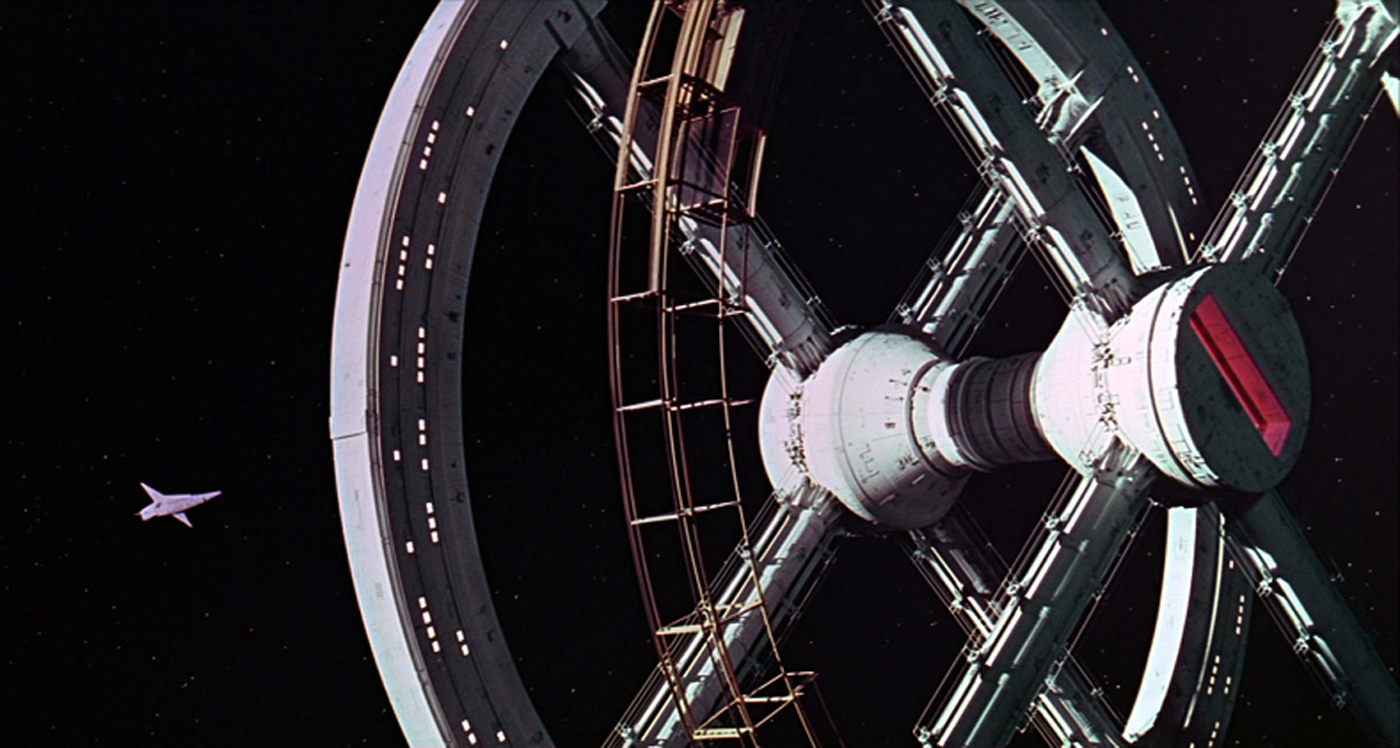Business and Creative Histories, Management, and Strategy
Space Odyssey: Stanley Kubrick, Arthur C. Clarke, and the Making of a Masterpiece by Michael Benson. 2001: A Space Odyssey is a breathtaking movie (see it in the theaters if you have the chance), and this book describes the collaboration between Kubrick and Clarke. It's fascinating to learn how the collaboration began and unfolded as well as to get a glimpse into how a movie, particularly one like this, comes together.
The Everything Store by Brad Stone. This is a history of Amazon and contains incredible insights into what made Bezos and Amazon so effective. I wrote down some of my insights here.
Pour Your Heart Into It by Howard Schultz. There was no necessary reason for Starbucks to exist. Coffee existed in the United States. People drank it. End of story. The coffee shop as we know it today, with its myriad of subsequent innovations, started with Howard Schulz and a trip to Italy. What resulted is due to his vision, values, and execution. Among the inspiring elements in this story is the deep respect Schultz has for people, informed by the sad story of his father. To create something that makes the lives of both employees and customers better—to me, that is success in business.
Who Says Elephants Can't Dance? by Lou Gerstner. Lou Gerstner wrote every word of this turnaround story of IBM. It gives you a real glimpse into the unglamorous world of what it takes to save a company like IBM in crisis. The passage that describes it best is Gerstner at a press conference:
“...the last thing IBM needs right now is a vision. What IBM needs right now is a series of very tough-minded, market-driven, highly effective strategies for each of its businesses— strategies that deliver performance in the marketplace and shareholder value. ... [And] if you’re going to have a vision for a company, the first frame of that vision better be that you’re making money and that the company has got its economics correct.”Principles by Ray Dalio. This book evolved from a PDF document that Dalio first made available on the Bridgewater Associates website almost a decade ago. Since Bridgewater Associates had a unique mode of operating, where one principle is transparency, Dalio felt he may as well make the principles by which they operate public. The first third of the book is Dalio's life story, which sets the stage for the second two parts: Dalio's life and work principles. I really respected the systematic thinking and practical approach to dealing with the world, or as Dalio calls it: reality. It's a very worthwhile read.
High Output Management by Andy Grove. Andy Grove was an engineer by training, and it shows in his approach to the book. He begins by building up the processes of making a breakfast at a breakfast restaurant. Somewhat surprisingly, though, what comes across with the most impact is Grove's deep respect for people. He talks a lot about culture, trust, growing people from within, one-on-one meetings, the sanctity of reviews, etc. He mentions pointedly that he's sent back reviews to managers that he felt didn't write sufficiently high quality reviews. This respect for people comes across in his jobs essay below as well.
The Innovator's Dilemma and The Innovator's Solution by Clayton Christensen. Andy Grove, Steve Jobs, Jeff Bezos, Marc Andreessen, and Reed Hastings among others have made practical use of Christensen's theories so there's clearly something here. I am amazed, however, how often this book is cited with an incorrect use of the term "disruptive innovation." I suspect the percentage drop on each of these chains is pretty high: cited → read → understood → executed.
Good Strategy, Bad Strategy by Richard Rumelt. This is actually a fun strategy book to read, not least because Rumelt is pretty biting in his criticism of bad strategy. Once he describes it, you see it everywhere. My favorite part is the description of Hannibal's win at the Battle of Cannae in 216 BC.
The Good Jobs Strategy by Zeynep Ton. Retailers can find themselves in a vicious cycle: declining sales and profitability lead to poorer wages and conditions for employees, which in turn lead to worse business outcomes. Ton lays out a blueprint for reversing this using case studies from companies like Costco and Quiktrip. It’s an inspiring read that shows there’s a better way forward for us as a society.
The Outsiders: Eight Unconventional CEOs and Their Radically Rational Blueprint for Success by William N. Thorndike.
The Maverick and His Machine: Thomas Watson, Sr. and the Making of IBM by Kevin Maney.
Antilibrary:
The Maverick and His Machine: Thomas Watson, Sr. and the Making of IBM by Kevin Maney.
My Years with General Motors by Alfred Sloan.
The HP Way by David Packard.
The Little Kingdom by Michael Moritz.
Return to the Little Kingdom by Michael Moritz.
Made in America by Sam Walton.
Starting Point: 1979-1996 by Hayao Miyazaki.
Turning Point: 1997-2008 by Hayao Miyazaki.
Shoedog by Phil Knight.
Creativity, Inc. by Ed Catmull.
The Double Helix: A Personal Account of the Discovery of the Structure of DNA by James Watson.
Sculpting in Time by Andrey Tarkovsky.
The Effective Executive by Peter Drucker.
